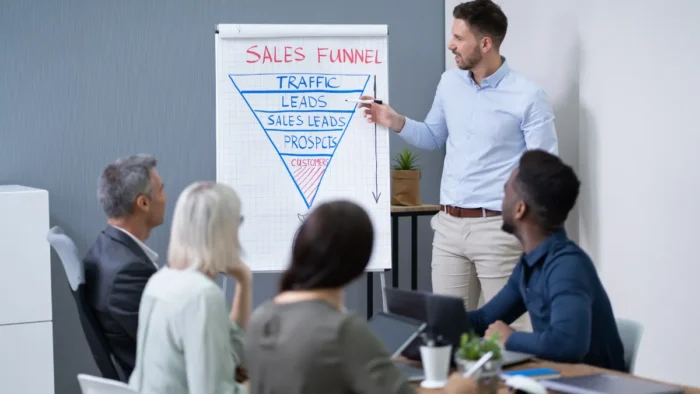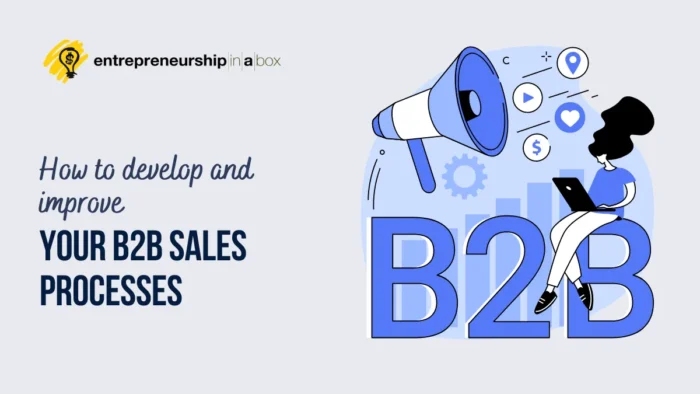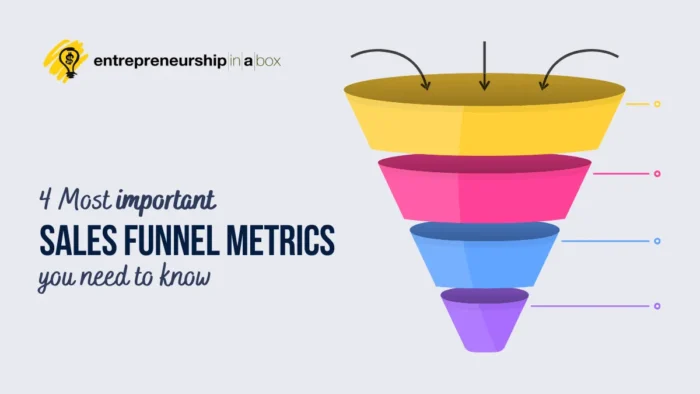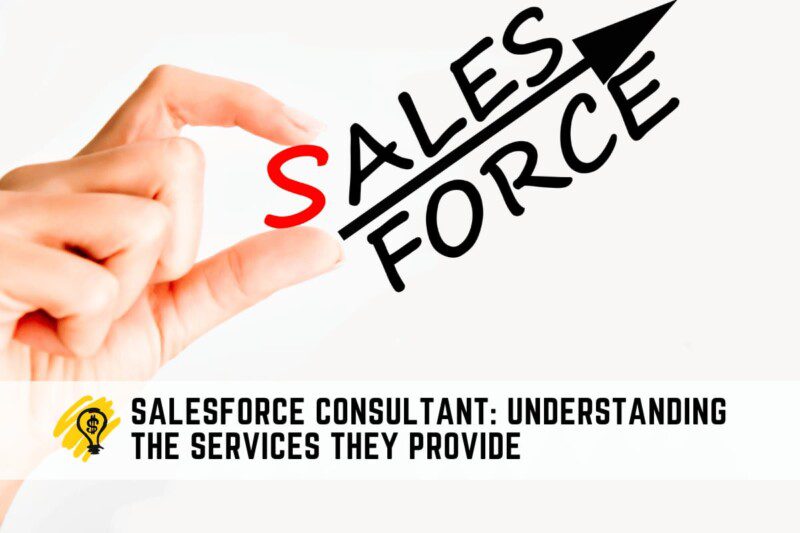The sales funnel represents one of the most crucial concepts in marketing. It illustrates the customer’s journey from the first interaction with a brand or product to the final purchasing decision.
Every business, regardless of size or industry, should consider using a sales funnel as it is the foundation for understanding consumer behavior and optimizing marketing strategies. Consequently, building a funnel can significantly improve a company’s marketing endeavors.
This article provides an in-depth discussion of the intricacies and stages involved in a sales funnel.
1. Awareness
The first stage of the sales funnel is the awareness phase. This is where potential customers learn about the product or service for the first time.
Customers at this stage typically identify a need or problem they want to solve, leading them to search for solutions. The search can take them through various channels, including but not limited to social media, online ads, blog posts, and word-of-mouth referrals.
In this stage, the goal is to reach as many potential customers as possible and provide them with relevant and helpful information about the product or service. It’s essential to employ effective strategies that attract attention and spark curiosity.
Whether you’re using funnel software or manual strategies, the awareness stage is about generating interest in your brand. Quality content, strategic advertising, and a strong online presence can help a business accomplish these objectives and successfully guide potential customers to the next stage of the sales funnel.
Related: 30 Places to Find Prospects & Leads for Your Business
2. Interest
Once potential customers have become aware of a brand or product, the next step is the interest phase. In this phase, prospects demonstrate an active interest in the brand by signing up for newsletters, following social media pages, or engaging with content.
This is a critical period where you can nurture the interest of potential customers and build stronger relationships. This involves providing additional value through more detailed and tailored content, such as eBooks, webinars, or blog posts.
The interest phase is not about hard selling but about fostering a sense of connection and trust. You can create a strong foundation of trust by engaging with potential customers and offering them valuable content.
3. Decision
The decision phase is the stage where potential customers are ready to make a purchase. At this point, they are considering the various options available to them and deciding which product or service best meets their needs.
One of the most effective ways to sway customers in the decision phase is by highlighting the unique selling propositions of the product or service. This might involve showcasing product benefits, testimonials, or case studies illustrating the product’s value.
Another critical component of the decision phase is reassurance. Potential customers may have last-minute doubts or questions, and addressing these promptly and convincingly is crucial.
Offering guarantees, providing excellent customer service, and showing empathy and understanding can help alleviate any concerns and guide the customer toward purchasing.
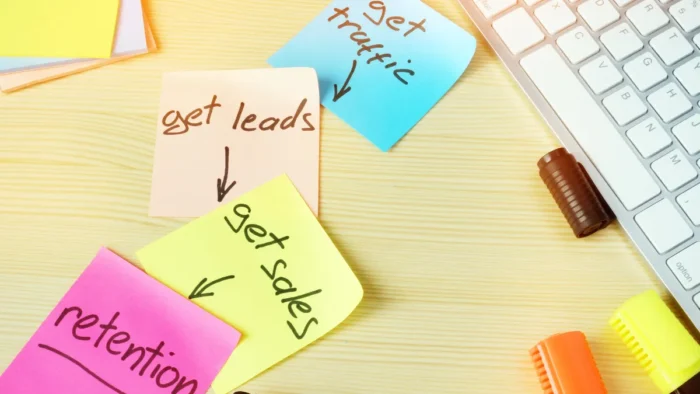
4. Action
The action stage is where the actual purchase happens. After considering their options and deciding that the product or service meets their needs, the customer makes the purchase. However, while the sale may be the ultimate goal for the business, the customer journey doesn’t end here.
Ensuring a seamless and user-friendly purchasing process is crucial in the action phase. From the user interface of the online store to the checkout process, every step should be designed to be as straightforward and hassle-free as possible.
Any hurdles at this stage, such as a complicated checkout process or unexpected costs, could deter the customer and result in cart abandonment.
Moreover, offering post-purchase support, such as a helpful onboarding process, tutorials, or a reliable customer service line, can enhance customer satisfaction and lay the groundwork for future interactions with the customer.
5. Retention
Although it’s not traditionally part of the sales funnel, the retention phase has become increasingly significant in today’s competitive business environment. This phase focuses on keeping customers engaged and satisfied after the purchase has been made, with the ultimate goal of turning them into repeat customers or brand advocates.
Post-purchase communication is crucial in the retention stage. Following up with customers to ensure they’re satisfied with their purchase or offering help if they’re experiencing any issues can significantly enhance the customer experience.
It’s also a chance to gather valuable feedback that can be used to improve products or services. Moreover, you can incentivize repeat purchases through customer loyalty programs, exclusive offers, or personalized content.
By delivering continuous value and maintaining strong customer relationships, you can retain existing customers and transform them into brand advocates who will spread positive word-of-mouth, bringing the sales funnel full circle.
Conclusion
Understanding and utilizing the sales funnel is a critical component of successful marketing. Each stage—from awareness to retention—serves a specific purpose in guiding customers along their journey, from initial brand discovery to eventual brand loyalty. You should craft your approach to each phase strategically to attract, engage, and retain customers.

